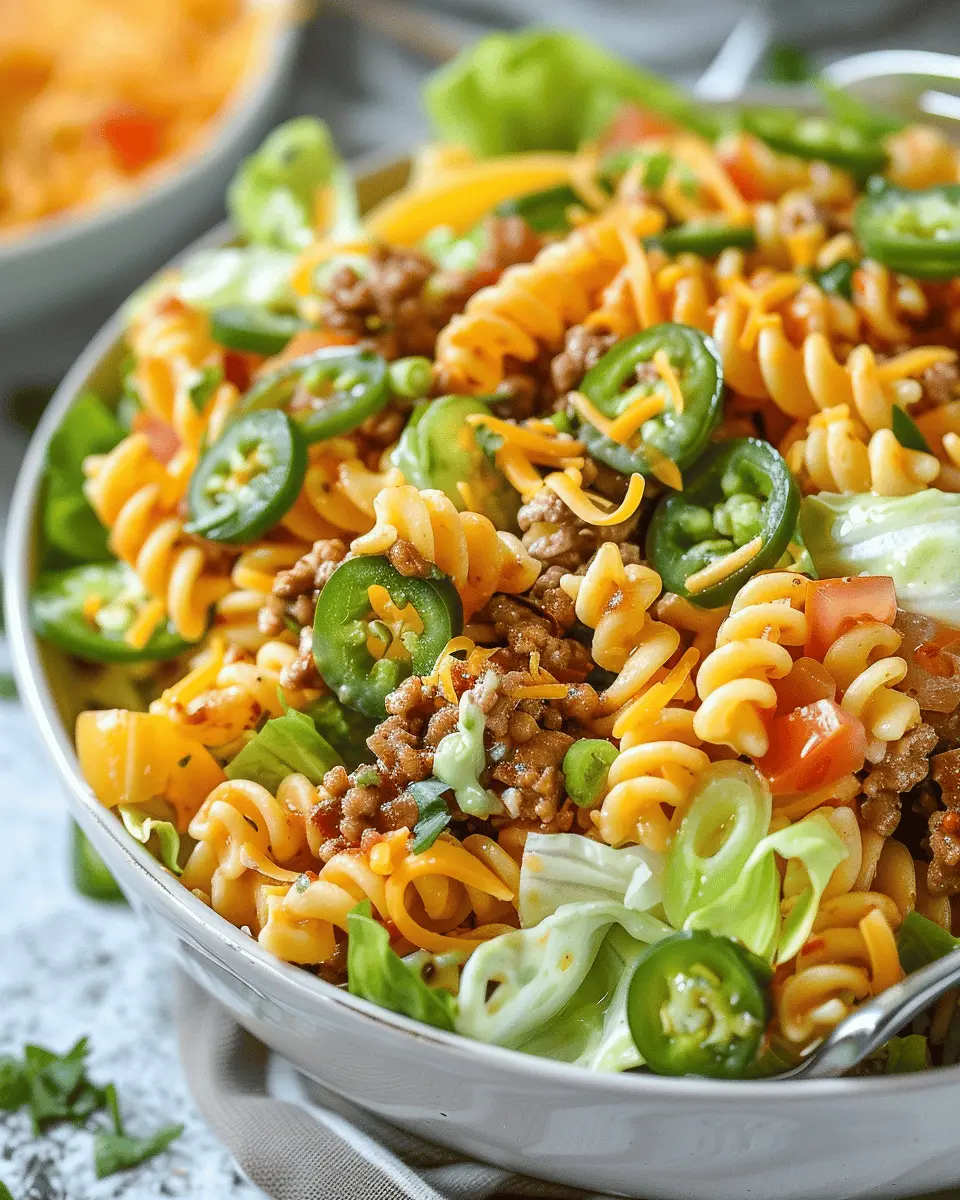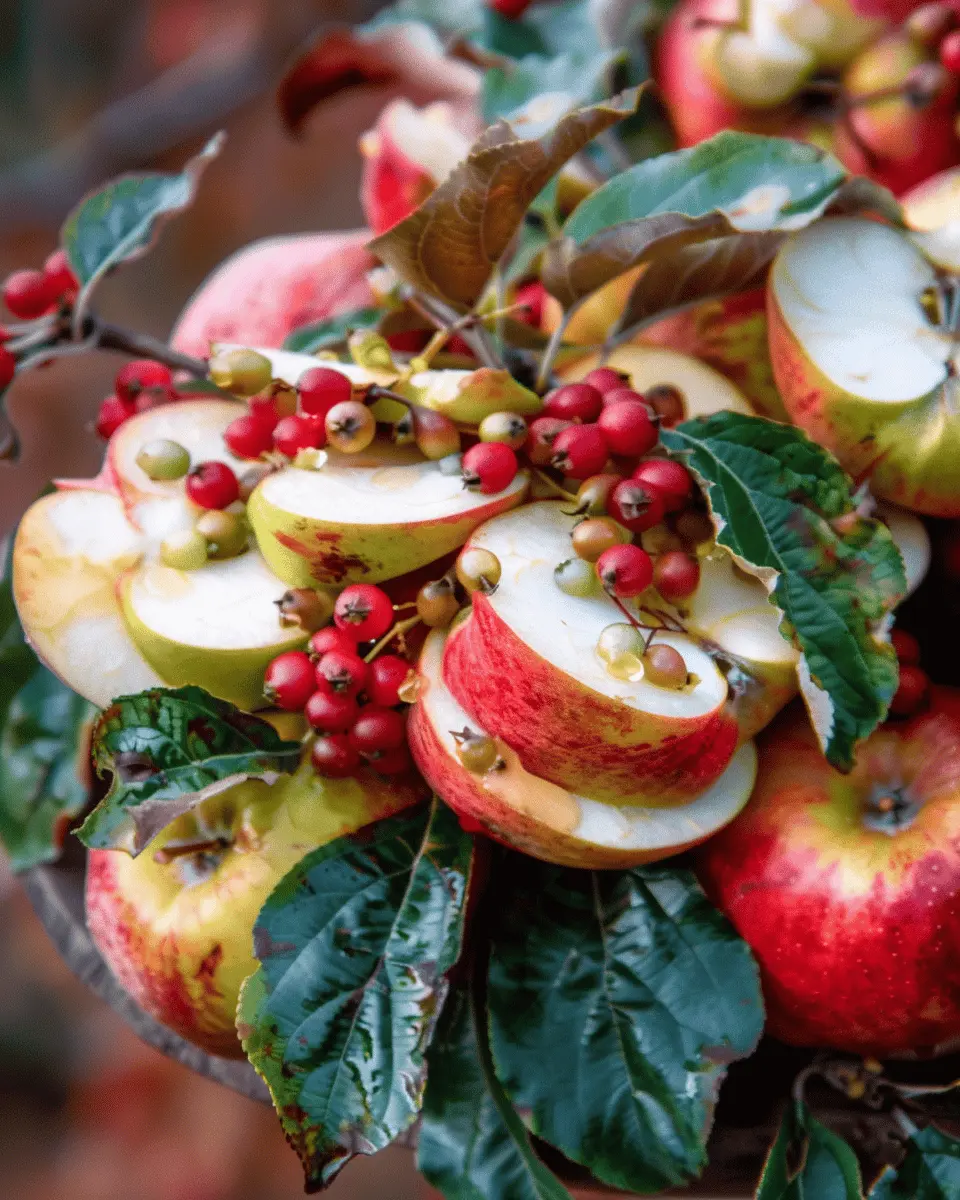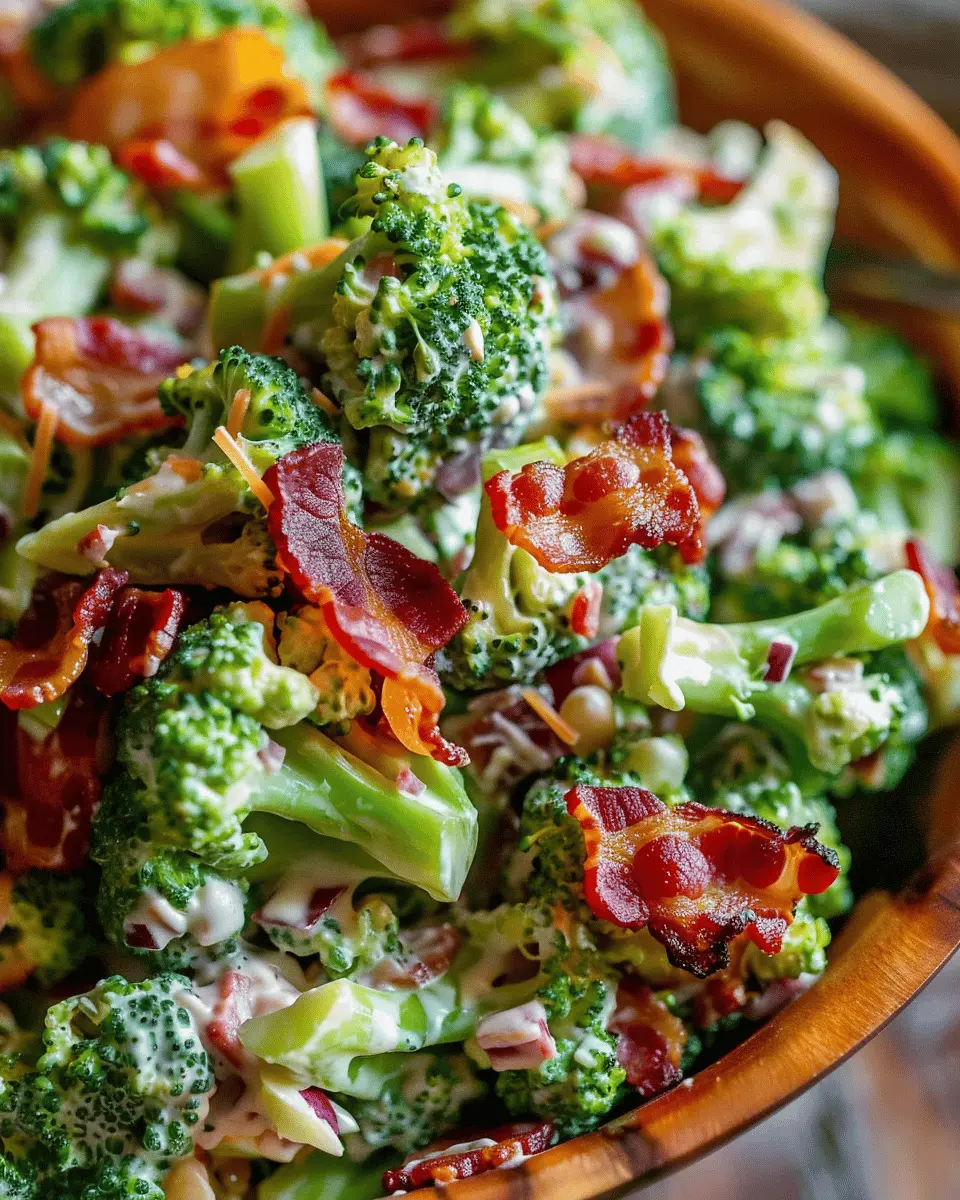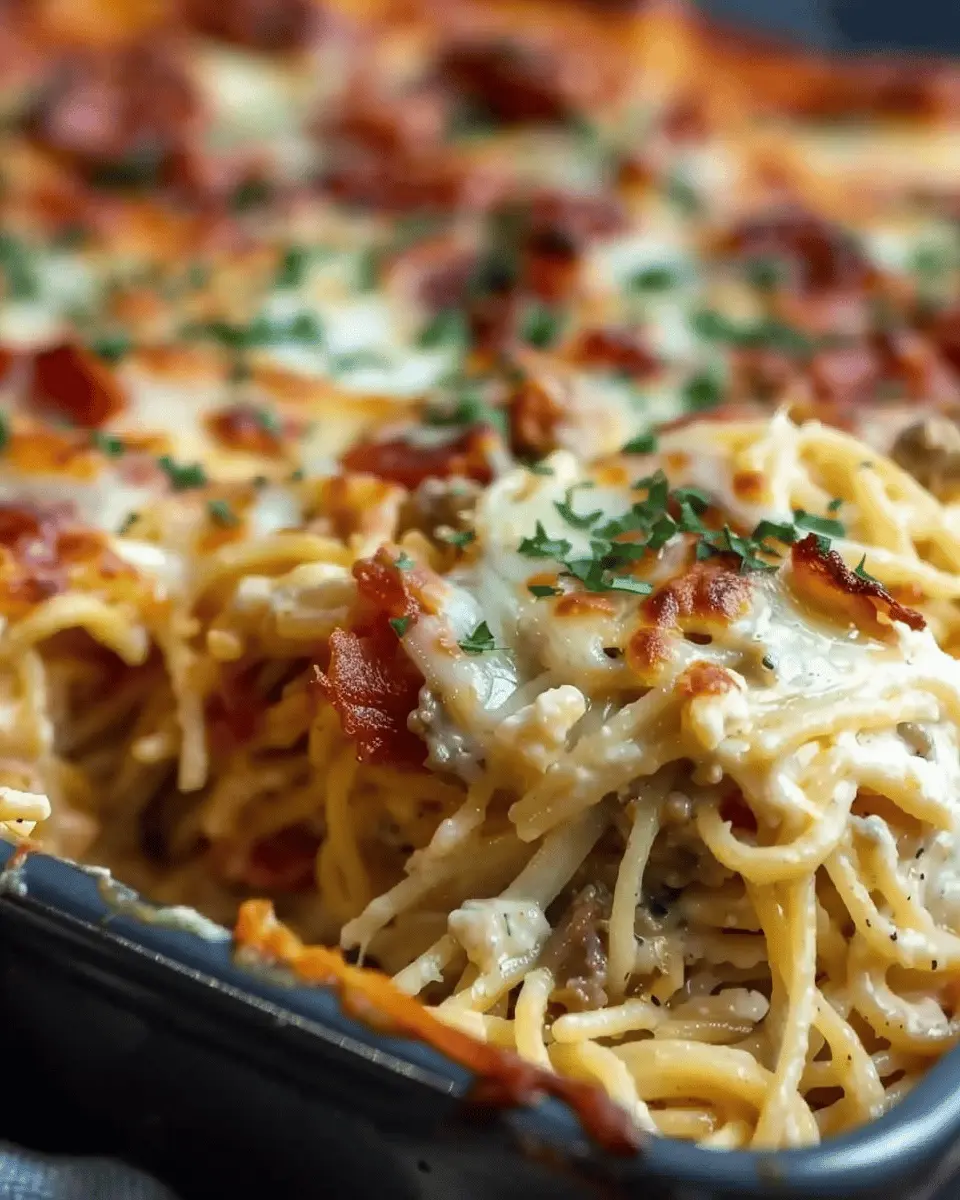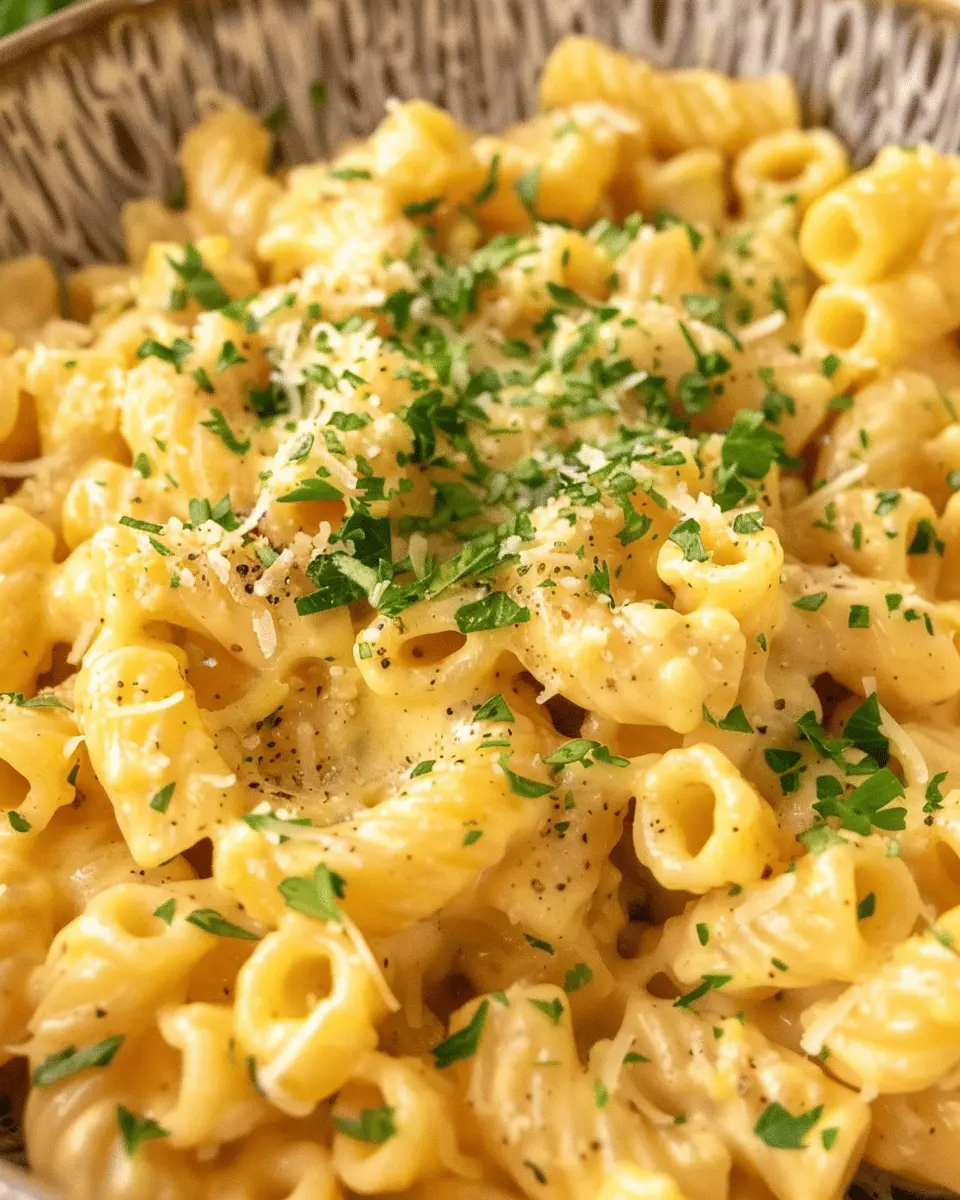Introduction to Pizza Dough Recipe
Making your own pizza dough recipe is a real game-changer for young professionals juggling busy schedules and active social lives. You might be asking yourself, “Why should I bother making pizza dough when I can just order a pie?” Well, let me tell you, there’s a world of difference between store-bought and homemade dough. Crafting your own allows you to customize flavors, control ingredients, and save money, all while indulging that craving for deliciousness.
Why Homemade Pizza Dough is a Game-Changer for Young Professionals
Imagine coming home after a long day at work, exhausted but yearning for something delicious. Instead of settling for yet another delivery, why not whip up a fresh pizza in under an hour? Making your own dough is incredibly rewarding—and let’s not forget the aroma of baking bread wafting through your home!
Here are a few reasons why you should embrace making your own pizza dough:
- Customizable Flavors: Want to experiment with whole wheat flour or a hint of garlic? Go for it! Customizing flavors is easier when you make the dough yourself, allowing you to adjust to your taste buds.
- Healthier Options: Store-bought pies are often loaded with preservatives and unhealthy fats. By making your own dough, you can opt for healthier ingredients, such as olive oil or even add herbs for extra flavor.
- Stress Relief: Kneading dough is not just a culinary task; it’s therapeutic! The repetitive motion can be surprisingly calming, making it a great way to unwind after a hectic day.
- Cost-Effective: Think about it—pizzas from your favorite restaurant can set you back anywhere from $15 to $30. Making your own can cost a fraction of that, especially when you’re hosting a pizza night with friends.
If you’re keen to dive into pizza-making, you can check out resources from reputable culinary sites like Serious Eats for expert insights and tips. This way, you’re backed by experience as you embark on your pizza dough recipe journey, ensuring you’re always armed with the best techniques.
So, are you ready to roll up your sleeves and become the pizza maestro you always dreamed of? Let’s get started!

Ingredients for Perfect Pizza Dough
Creating the ideal pizza dough starts with understanding the essentials and optional additions. Whether you’re preparing a cozy night in or impressing friends at a gathering, these foundational ingredients will guide your pizza dough recipe to deliciousness.
Essential ingredients for pizza dough
To build a solid base, make sure to gather these core components:
- All-purpose flour: This is your main ingredient, giving the dough its structure.
- Warm water: Activates the yeast and helps in creating a perfect rise.
- Yeast: Most often, you’ll use active dry yeast for that fluffy texture.
- Salt: Enhances flavor and controls the fermentation process.
- Olive oil: Adds richness and a bit of flavor; a must for a delectable crust.
Each ingredient plays a crucial role in achieving the perfect balance of taste and texture.
Optional ingredients for delightful variations
Want to elevate your pizza game? Here are some optional ingredients you can integrate:
- Sugar: A touch can help activate the yeast faster and add a hint of sweetness.
- Semolina flour: Use it to dust your work surface for that authentic pizzeria feel.
- Herbs: Basil or oregano mixed into the dough can add wonderful flavors.
- Garlic powder: For a garlicky twist in each bite.
- Whole wheat flour: If you’re aiming for a healthier alternative.
Feel free to experiment and customize this pizza dough recipe to suit your taste buds. For more detailed insights into each ingredient, check out Serious Eats for expert opinions on pizza-making essentials. Happy baking!
Preparing Pizza Dough Step-by-Step
Crafting your own pizza dough at home can be one of the most satisfying cooking experiences. It’s not just about the end result; it’s about the journey of making something delicious from scratch. Let’s dive into the step-by-step process to create the perfect pizza dough recipe that’ll elevate your pizza nights.
Gather Your Equipment and Ingredients
Before you begin, it’s essential to have everything on hand. Here’s what you’ll need:
Equipment:
- A large mixing bowl
- Measuring cups and spoons
- Kitchen scale (optional, but recommended for accuracy)
- A clean surface for kneading
- A dough scraper (optional, but helpful)
Ingredients:
- 2 ¼ teaspoons (1 packet) active dry yeast
- 1 teaspoon sugar
- 1 ½ cups warm water (about 110°F, or warm to the touch)
- 4 cups all-purpose flour (plus more for dusting)
- 1 tablespoon salt
- 2 tablespoons olive oil
Once you have everything gathered, you’re ready to create your dough foundation!
Mix the Dry Ingredients
In your large mixing bowl, combine the flour, salt, and sugar. Whisk them together until evenly mixed. The sugar isn’t just for sweetness; it helps activate the yeast. For more tips on why measurements matter, check out this article on baking science.
Combine with Warm Water
Now, let’s awaken that yeast! In a separate bowl, mix the warm water and yeast. Stir gently and let it sit for about 5-10 minutes, until it becomes frothy. This means your yeast is alive and kicking!
Once it’s bubbly, pour the yeast mixture into your dry ingredients. Add the olive oil for that delightful richness. Using a wooden spoon or your hands, mix until it starts to form a shaggy dough.
Knead the Dough Until Smooth
This is where your dough transforms. Sprinkle a little flour on your clean surface and turn out the dough. With your hands, knead it for about 8-10 minutes. How do you know when it’s ready? It should be smooth, elastic, and bouncy – like a little pillow of potential!
Kneading helps develop the gluten, which is crucial for that tasty stretch we all love in pizza. Don’t rush this part; your future self will thank you when you take that first bite of your homemade pizza.
Let the Dough Rise
After kneading, place your dough in a lightly greased bowl and cover it with a damp cloth or plastic wrap. Let it rise in a warm area for about 1 to 1.5 hours, or until it doubles in size. This is the magic moment when your dough transforms into something incredible.
If you want tips on creating a warm environment for rising, check out advice from The Kitchn.
Punch Down and Shape the Dough
Once your dough has risen beautifully, it’s time for a little punch! Gently press down on it to release the gases. Then, turn it out onto your floured surface again and divide it into portions (typically enough for two medium pizzas). Shape each portion into a ball, tucking the edges underneath.
Now, you could let them rest for a bit longer if desired. This gives the gluten a chance to relax, making it easier to stretch when you’re ready to top and bake.
Creating your own pizza dough is incredibly rewarding, and with this pizza dough recipe, you’ll be equipped to impress friends and family alike. Grab your favorite toppings—maybe some Turkey Bacon and Chicken Ham—and get ready for a delightful DIY pizza night!

Variations on Classic Pizza Dough
If you love making pizza at home, why not explore some unique variations on the traditional pizza dough recipe? This opens the door to more flavors and healthier options that suit various dietary needs.
Whole wheat pizza dough for a healthier option
Whole wheat pizza dough is a nutritious alternative that not only adds a delightful nutty flavor but also packs a punch of fiber. To make your own, simply substitute half of the all-purpose flour with whole wheat flour in your favorite pizza dough recipe. This simple swap increases the nutritional value of your pizza, making it more filling and wholesome. Plus, you’ll still achieve that delightful crust we all crave. A bonus? Studies suggest that whole grains can contribute to better heart health, making this dough a smart choice for pizza lovers.
Gluten-free pizza dough for dietary needs
For those with gluten sensitivities or celiac disease, a gluten-free pizza dough can be a game changer. Utilizing gluten-free flour blends, which you can find at your local grocery store or make at home, can yield a delicious crust that doesn’t sacrifice flavor or texture. Among the best options are a mix of almond flour and tapioca flour, which help create a chewy crust. You might need to tweak your pizza dough recipe slightly by adding xanthan gum to improve elasticity. Trust us—once your gluten-free pizza is out of the oven, those who can eat gluten may not even notice the difference!
By experimenting with these variations, you can cater to your dietary preferences while still enjoying a slice of your favorite pie. Who doesn’t love that? Explore these alternatives today, and whip up a fantastic pizza that satisfies everyone at the table!
If you want more tips on healthy eating and recipes, check out Healthline.
Cooking Tips and Notes for Perfect Pizza Dough
How to Know If the Dough Has Risen Properly
When perfecting your pizza dough recipe, one of the first steps is ensuring your dough has risen correctly. Look for these signs:
- Size: The dough should ideally double in size. This means the yeast has done its work and created the right environment.
- Texture: It should feel airy and light. When you poke it gently, it should spring back slowly, indicating that it’s ready to shape.
If you’re new to this, try marking the bowl with a line to easily track its growth—trust me, it’s a game-changer!
Adjusting for Humidity and Flour Types
Not all flour behaves the same, especially in varied humidity levels. In a pizza dough recipe, use:
- Bread flour for a chewier texture, especially if it’s dry outside.
- All-purpose flour if you prefer a softer crust—keep an eye on moisture and add a bit of water if the dough feels too dry.
Remember, adjusting for humidity might mean adding a splash of extra water or flour. For tips on that, check out this informative piece on baking flour types.
Baking is all about adapting and finding what works best for you—so don’t shy away from experimenting!

Serving Suggestions for Homemade Pizza
Pairing with Fresh Toppings
When it comes to your pizza dough recipe, the right toppings can make all the difference! Fresh ingredients not only enhance flavor but also add vibrancy to your meal. Consider these tasty options:
- Veggies: Load up on bell peppers, red onions, and fresh spinach for a colorful pop.
- Cheeses: In addition to mozzarella, sprinkle some goat cheese or gouda for a creamy texture.
- Proteins: Try turkey bacon, chicken ham, or even grilled chicken for a hearty bite.
The beauty of homemade pizza lies in its versatility. You can easily tailor it to suit your dietary preferences. For fresh topping ideas, inspiration can also be found through food blogs like Serious Eats.
Ideas for Dipping Sauces
To elevate your pizza experience, consider serving it with delightful dipping sauces. Here are some creative options:
- Garlic Butter: Melted butter with garlic and herbs creates a rich accompaniment for crusts.
- Ranch Dressing: A classic choice that complements the flavors of your toppings beautifully.
- Spicy Marinara: Adding a kick, this sauce elevates each slice.
Whether you’re entertaining friends or having a cozy night in, these servings not only enhance your homemade pizza but create a fun dining experience. What unique toppings or sauces will you try?
Time Breakdown for Making Pizza Dough
When you’re whipping up a pizza dough recipe, knowing how much time to set aside can make all the difference. Here’s a quick breakdown to help you plan:
Preparation Time
Getting your ingredients together and mixing the dough takes about 10-15 minutes. It’s a straightforward task, but making sure you’re organized will set the stage for success.
Rising Time
The dough needs to rise for about 1-2 hours. Patience is key here! This step is crucial for developing the perfect texture. If you have time, letting it rise longer can make a real difference—some enthusiasts suggest up to 24 hours in the fridge for enhanced flavor.
Total Time
In total, you’re looking at approximately 1.5 to 2.5 hours. However, most of that is hands-off time while the dough rises. So you can go about your day, then return for that delicious homemade pizza!
For tips on how to optimize your dough-making, check out detailed guides on sites like Serious Eats or BBC Good Food. Happy cooking!
Nutritional Facts for Pizza Dough
Calories per serving
When crafting your homemade pizza, understanding the calories per serving can help you make healthier choices. A typical serving of pizza dough (roughly one-quarter of a standard recipe) contains about 200-250 calories. This is a reasonable amount, especially when compared to pre-packaged options that can be laden with preservatives and hidden sugars.
Ingredient breakdown
The beauty of this pizza dough recipe lies in its simplicity and the control it gives you over the ingredients. Here’s a quick breakdown:
- Flour: The base of your dough, providing carbohydrates and some protein.
- Water: Hydrates the flour, activating gluten for that perfect chewy texture.
- Yeast: Our leavening agent, essential for rising, and contributes to that distinct pizza flavor.
- Salt: Enhances taste and helps in controlling yeast activity.
- Olive oil: Adds healthy fats and improves dough elasticity.
For more on what makes a good pizza dough, check out this article on pizza science. By choosing quality ingredients, you can elevate your pizza experience without compromising your nutritional goals.
FAQs about Pizza Dough
Can I make pizza dough ahead of time?
Absolutely! Making pizza dough ahead of time is not only possible, but it’s also a huge time-saver. You can prepare the dough, let it rise, and then store it in the fridge for up to three days. Just remember to cover it tightly to prevent it from drying out. If you want to extend your timeline, you can freeze the dough after the first rise. Whenever you’re ready for a pizza night, just thaw it in the fridge overnight, and you’re good to go.
What’s the best way to store leftover pizza dough?
Storing leftover pizza dough is simple! If you have extra dough after your pizza-making adventure, lightly coat it with olive oil to keep it from drying out. Place it in an airtight container or wrap it tightly in plastic wrap. If you plan to use it in the next couple of days, keep it in the fridge. For longer storage, pop it in the freezer. When you’re ready to use it, simply thaw in the refrigerator, or leave it out at room temperature for about 30 minutes before shaping.
How can I achieve that perfect crust?
Achieving the perfect crust can really elevate your pizza game. Here are a few tips:
- Use High-Quality Flour: Invest in bread flour for a chewier texture.
- Let it Rise: Allow your dough to rise slowly in the fridge for enhanced flavor and texture.
- Preheat Your Oven: A hot oven (about 475°F or higher) is crucial for getting that crispy crust.
- Use a Pizza Stone: This helps distribute heat evenly for a restaurant-quality base.
For more expert insights on achieving that desired crust, consider exploring resources like Serious Eats.
Now you’re ready to tackle that pizza dough recipe! Enjoy creating delicious pizzas at home.
Conclusion on Making Pizza Dough at Home
Homemade pizza dough is a rewarding project that elevates your pizza experience. This pizza dough recipe simplifies the process, allowing you to create a perfectly crispy crust at home. Remember, practice makes perfect. Don’t hesitate to tweak the ingredients or techniques until you find your ideal flavor and texture.
Want some extra inspiration? Check out Serious Eats for tips on toppings and baking techniques that pair beautifully with your dough. By making your own dough, you’re not just following a recipe; you’re crafting a personalized culinary masterpiece. So roll up your sleeves, have fun, and enjoy the satisfaction of home-cooked pizza nights!
PrintPizza Dough Recipe: The Best Easy Base for Your Homemade Pizzas
Make a delicious and easy pizza dough from scratch with this simple recipe.
- Prep Time: 10 minutes
- Cook Time: 15 minutes
- Total Time: 1 hour 25 minutes
- Yield: 2 pizza crusts 1x
- Category: Main Dish
- Method: Baking
- Cuisine: Italian
- Diet: Vegetarian
Ingredients
- 2 cups all-purpose flour
- 1 teaspoon salt
- 1 tablespoon sugar
- 1 teaspoon instant yeast
- 3/4 cup warm water
- 1 tablespoon olive oil
Instructions
- In a large bowl, combine flour, salt, sugar, and yeast.
- Add warm water and olive oil; mix until a dough forms.
- Knead the dough on a floured surface for about 5 minutes.
- Let the dough rise in a warm place for 1 hour or until doubled in size.
- Punch down the dough and roll it out to your desired thickness.
- Top with your favorite ingredients and bake in a preheated oven.
Notes
- Use bread flour for a chewier texture.
- Letting the dough rest improves the flavor.
Nutrition
- Serving Size: 1 slice
- Calories: 200
- Sugar: 1g
- Sodium: 300mg
- Fat: 4g
- Saturated Fat: 0.5g
- Unsaturated Fat: 3g
- Trans Fat: 0g
- Carbohydrates: 36g
- Fiber: 1g
- Protein: 7g
- Cholesterol: 0mg
Keywords: Pizza Dough Recipe, Easy Homemade Pizza, Pizza Base



